Alex Txikon will also head for K2 in winter
After all. The Spaniard Alex Txikon will tackle K2 in the upcoming winter. The 35-year-old announced this at a press conference in Bilbao today. He will travel to Pakistan on 2 January with his compatriot Felix Criado, with the goal of scaling the second highest mountain on earth for the first time in the cold season. It had already become known that the Pakistani government had granted Txikon a climbing permit for K2. However, the Basque had left it open to this day whether he would actually use the permit.
![]() read more
read more
David Lama after his solo first ascent of Lunag Ri: “Most intense time”
“I traverse the last few metres over wind packed snow that sticks to the granite on the Nepalese side of the mountain. Even though my head is full with the impressions that I absorb every moment up here, my thoughts are somehow empty. The knowledge that I must not make any mistake is constantly present and dominates all other feelings. It results in an intense, almost exhausting concentration – a feeling I know only from other solo ascents in the mountains,” Austrian top climber David Lama writes on his website about the moment when the 28-year-old was the first to set his foot on the summit of the 6,907-metre-high Lunag Ri about a month ago (see video below). The technically difficult mountain is located in the Rolwaling Himal on the border between Nepal and Tibet, more than 35 kilometers as the crow flies northwest of Mount Everest. “Having arrived at the very front of the summit spur, I stand still. It feels strange that suddenly I have no more further to go. I sink down to my knees, tired and happy, even though I wouldn’t be able to express it that way right now. Briefly I think about Conrad. He is the only one I would have liked to share this moment with.”
![]() read more
read more
“Warm” ice in Everest glacier
The Khumbu Glacier at the foot of Mount Everest is apparently even more endangered by climate change than previously assumed. British glaciologists, who measured the ice temperature of the glacier in 2017 and 2018, point to this. At three drill sites up to an altitude of about 5,200 meters near Everest base camp, they used a specified adapted car wash unit to conduct hot water under high pressure into the ice. The scientists hung strings with temperature sensors in the resulting holes, the deepest of which reached about 130 meters deep into the ice. “The temperature range we measured was warmer than we expected – and hoped – to find,” says Duncan Quincey of Leeds University, leader of the “EverDrill” project.
![]() read more
read more
Hidden heroes of mountaineering in Pakistan
Sorry, Fazal Ali – that your extraordinary performance on K2 just slipped past me last summer! I reported on the first ski descent from the second highest mountain in the world by the Pole Andrzej Bargiel. I also noticed that Muhammad Ali “Sadpara”, the Pakistani winter first ascender of Nanga Parbat, completed his collection of the five eight-thousanders of his home country on K2 – and that it was a record season on “Chogori”, as you locals call the mountain. But I missed the news that you, Fazal, were the first mountaineer in the world to reach the 8,611-meter-high summit of the “King of the Eight-thousanders” for the third time after 2014 and 2017 without bottled oxygen. All the deeper I now take my hat off!
![]() read more
read more
K2 winter expedition: “Democracy weakens the team”
One does not have to be a prophet to predict that K2 will be besieged regularly in winter until it is also scaled in the cold season. The second highest mountain in the world is the last remaining eight-thousander, the summit of which is still untouched in winter. After the failed Polish expedition from the beginning of this year, a team from three states of the former Soviet Union will attempt “Chogori”, as the local Balti call the mountain, next winter: Five Russians, four Kazakhs and two Kyrgyz. “We must be in Islamabad at the latest on 2 January,” writes me Artem Brown. The Russian, born in 1976, has been organizing the winter expedition.
![]() read more
read more
Bad luck for Siegrist and Schild on Shiva
Shiva has rough edges. On the one hand he is the god of creation for the Hindus. But he is also feared for the fact that he smashes everything to bits, if he is in a real peeve. The same applies to the 6,142 meter-high mountain of the same name in the northern Indian state of Himachal Pradesh. Sometimes Shiva attracts the world’s best climbers with its steep walls and beautiful shape, then again it is unruly – as the Swiss climbers Stephan Siegrist and Jonas Schild as well as their photographer Dominic Fischer had to experience this fall. Siegrist, aged 45, and the 26-year-old Schild had actually planned to climb the North Face of the mountain. But somehow everything went wrong.
![]() read more
read more
Family trip onto Mount Everest
The Hillarys seem to carry an Everest gene. Edmund Hillary succeeded in 1953 with the Sherpa Tenzing Norgay the first ascent of the highest mountain on earth. In 1990 and 2003, his son Peter followed in his father’s footsteps and reached the top of Everest at 8,850 meters twice. And in a year and a half, in spring 2020, three of the six grandchildren of the first Everest summiter could follow: Lily, Alexander and George Hillary.
![]() read more
read more
“School up!”: Second floor slab concreted
Even the darkness cannot prevent construction from continuing in Thulosirubari. For 18 hours, concrete is mixed in the small mountain village 70 kilometers east of the Nepalese capital Kathmandu, transported upwards and distributed, then finally the second floor slab is casted. “Only one machine for mixing concrete was used for the work, the rest was done by physical labor,” writes Shyam Pandit, liaison man of the German aid organisation Nepalhilfe Beilngries. “Special skilled laborers were brought from Kathmandu for the casting.” After the first two parts of the new school building have been used for teaching since last spring, the construction work for the third section is now on the home straight: If everything goes according to plan, the new building with eight more classrooms could be completed in spring 2019.
![]() read more
read more
Soon only e-vehicles in Tibetan Everest Base Camp?
Will the mountaineers on the Tibetan north side of Mount Everest be chauffeured to the base camp next spring with electric buggies, as we know them from golf courses? This Tibetan provincial government’s plan is reported by Chinese state media. Step by step, all vehicles without electric motors should be banned from the base camp in order to reduce air pollution, it said. “In peak season, the camp welcomes an average of 200 to 400 vehicles every day,” said Tang Wu, director of Tibet’s Tourism Development Commission. “The camp receives an average of 20,000 vehicles every year.”
![]() read more
read more



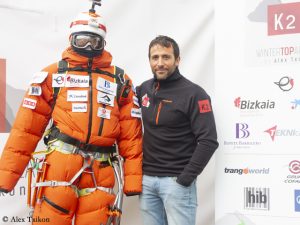

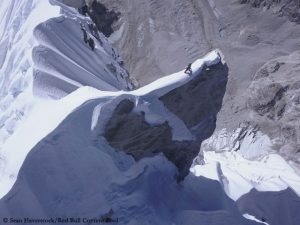
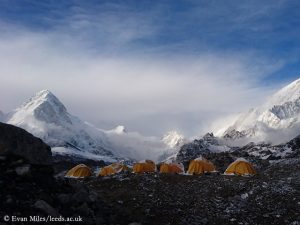
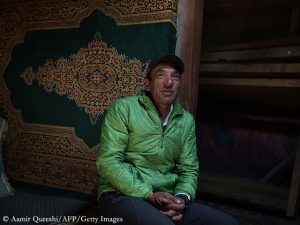
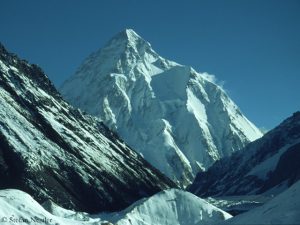
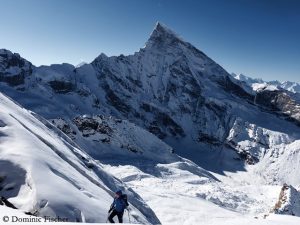

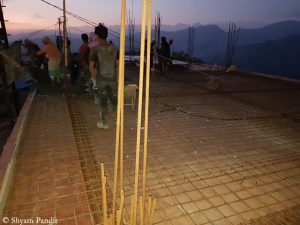
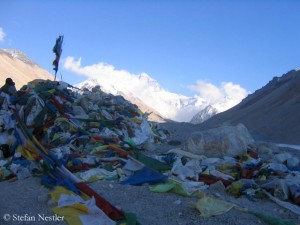

Feedback